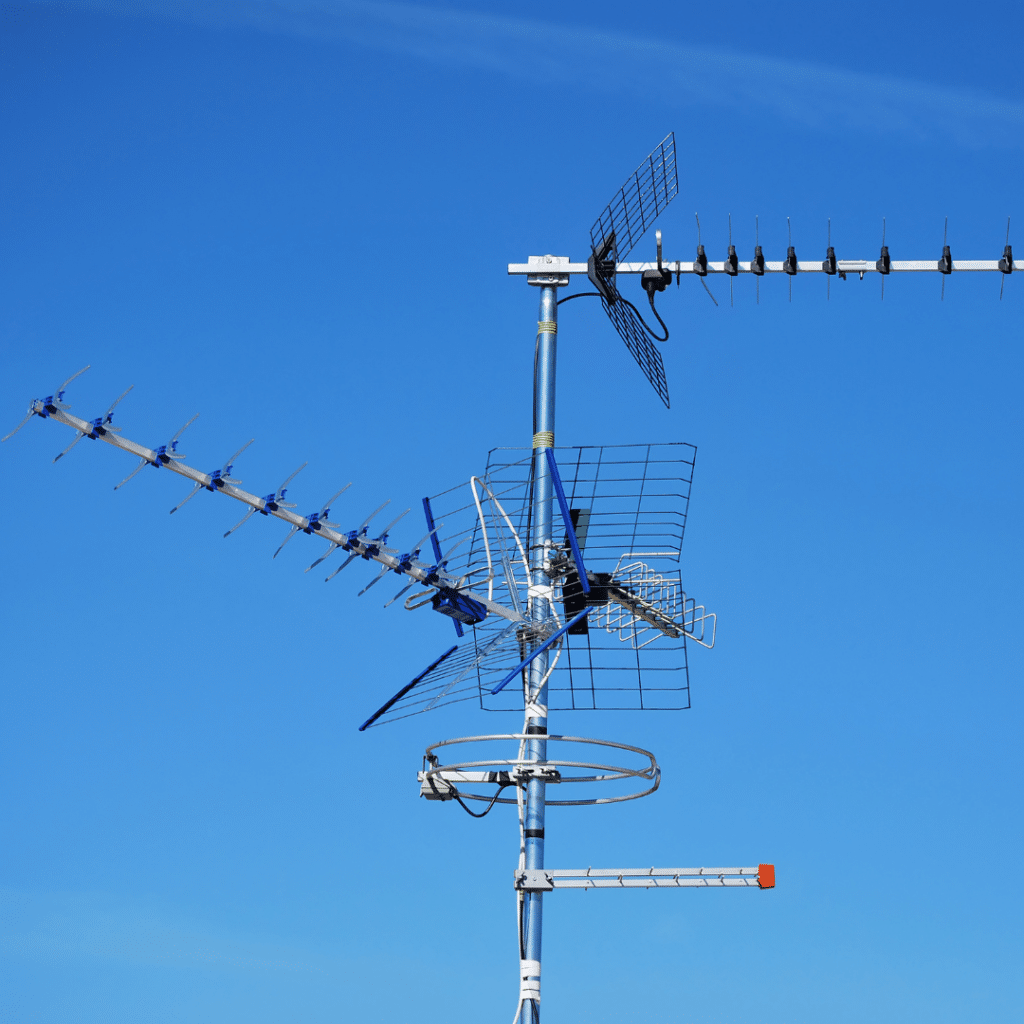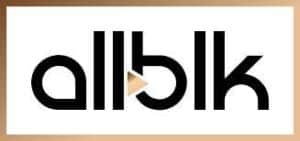One of the first steps in cutting the cord on cable is finding an Over-the-Air TV antenna to get free broadcast TV. Today’s TV antennas are not like the rabbit ears of old, so save your tinfoil for wrapping leftovers.
Modern TV antennas deliver perfectly crisp picture quality in full HD. They come in a variety of form factors and prices. However, there is no ‘best’ TV antenna for every situation.
That’s why we’ve put together this Over-the-Air TV antenna buyer’s guide so you can learn how to choose the best antenna for your needs and decypher potentially confusing marketing mumbo-jumbo.
What are the different Over-the-Air TV Antenna Styles:
Today’s TV antennas range in cost from $20 to $200+ and come in several different form factors:
Flat Antennas – These are indoor antennas designed to be mounted in a window or on a wall.
Table-Top Antennas – These can be as small as a paperback book, designed to placed indoors on a flat surface near a window.
Outdoor Antennas – These come in various styles and are typically mounted on your home’s roof, in your attic, or on another structure like a pole or tower.
DIY Versions – Some folks even “MacGyver” their own antennas from plans on the internet
How to Choose the Right Over-the-Air TV Antenna:
Indoor TV antennas are best for those living in urban areas, 30 miles (50 KMs) or less from local OTA TV broadcast towers.
If you live in the suburbs or the country – between 40-60 miles (65-95 KMs) from local OTA TV broadcast towers – the more likely it is that you’ll need to move up to a more powerful attic or roof-mount TV antenna.
Keep in mind that distance ratings on TV antennas are approximate and don’t take obstructions or interference into account.
As well, bigger isn’t always better when it comes to antennas. Don’t invest in a high-performance ‘150 mile’ fringe model if you live in an urban or suburban area as it can overdrive the tuner in your Tablo DVR or TV.
(We often recommend checking out NoCable.org to find out how far away you live from your local OTA TV towers.)
Still not sure what type of TV antenna to buy?
Many quality antenna manufacturers (including Winegard, Mohu, AntennasDirect and Antop) offer searchable online databases and 1-800 help lines to help you choose which TV antenna is best for your area.
Where to Buy Your Over-the-Air TV Antenna:
Most ‘big box’ retail stores like Walmart, Best Buy, Home Depot and Lowes stock a variety of TV antennas. You can also order them online from retailers like Amazon, as well as directly from manufacturers.
Try to purchase your TV antenna from a store with an excellent return policy as you may need to test more than one before finding the right ‘fit’ for your home.
Mohu even offers a ‘risk-free TV’ guarantee on its most popular antenna. If you purchase it and wind up needing a TV antenna with more range, they’ll give you full credit toward the purchase of a higher performing antenna.
Here are a few other considerations before making the purchase:
#1: Amplified or Unamplified TV Antennas?
If you live in the suburbs or beyond, you should look at an amplified TV antenna.
Signal amplifiers are either built-in to the TV antenna or are an optional attachment that connects to the coaxial cable of your antenna. They’re designed to strengthen the signals that your antenna receives but won’t help you pull in additional channels.
#2: Uni-Directional or Multi/Omni-Directional TV Antennas?
A big part of capturing the most TV channels possible with your antenna is knowing where your local broadcast towers are located. If they’re clustered together, you can point a uni-directional TV antenna at the broadcast tower source to receive a strong OTA signal.
However, in some locations there may be multiple TV broadcast towers in different parts of the city or you may live in between two cities with their own sets of towers. To receive the widest variety of OTA TV stations, an omni-directional TV antenna or combining signals from two uni-directional TV antennas may be required, especially if the towers are more than 40 degrees apart.
#3: VHF Frequency Support
While most OTA TV antennas on the market are designed to capture both frequencies of OTA TV signals (VHF and UHF), some antennas – especially certain ‘flat’ indoor antennas – are optimized primarily to capture UHF channels.
If some of your local TV channels are broadcast on the VHF frequency, make sure the antenna you get is designed to receive those OTA signals.
Debunking False Marketing Claims about Over-the-Air TV antennas:
The more mainstream cord cutting gets, the more TV antennas we’ve seen with claims on their packaging or in their marketing materials which can potentially lead consumers astray.
Claim #1 – HD and/or 4K Capable
All TV antennas are designed to capture signals in the OTA TV frequency band. Today’s OTA TV is all digital and broadcast mostly in 720p or 1080i HD quality, therefore ALL TV antennas are ‘HD’ capable.
You may see antennas touting 4K or UHD, but aside from a small handful of special ATSC 3.0 test broadcasts NO channels are distributed in 4K or ‘ultra-HD’ quality today. Even when/if ATSC 3.0 becomes more prevalent, any OTA TV antenna in range would STILL be able to capture those signals.
Moreover, antennas will not enhance/upscale the actual broadcast picture quality, so don’t choose one TV antenna over another because it claims to be ‘high definition’, HD/UHD, or 4K capable.
Claim #2 – Access to Cable-Only TV Channels
We’ve also seen TV antennas whose packaging or marketing materials seem to indicate they provide access to cable-only channels like ESPN or HBO. There’s no ‘special’ TV antenna that will pick channels that aren’t broadcast Over-the-Air.
(See what channels are available in your area with Tablo’s signal locator tool.)
Claim #3 – ‘No Monthly Fee’/’No Contract’
The best part of Over-the-Air TV is that it’s always been 100% free and has never required a contract. Choosing a TV antenna that doesn’t make these kinds of claims does NOT mean a bill will start showing up in your mailbox.
Claim #4 – OTA TV is ‘New’
Some antenna vendors are even taking out advertorials claiming recent changes in ‘government rules’ have allowed for the concept of Over-the-Air TV to even exist, which is downright hilarious.
Television has ALWAYS been broadcast Over-the-Air and in fact is a critical component of TV station licensing requirements in the United States and Canada.
Liked this article?
Check out these tools and posts on Over-the-Air TV antennas, OTA signals and reception next:
- Tablo’s TV signal locator
- How Your Location Impacts Your Over-the-Air TV Reception
- Top Sources of Obstruction & Interference That Can Impact Your Over-the-Air TV Reception
- Where to Place and How to Install Your Over-the-Air TV Antenna
- How NOT to Shop for an Over-the-Air TV Antenna
- How to Avoid Getting Scammed When Buying a TV Antenna for Cord Cutting
- Why OTA Frequency Bands Matter for Cord Cutters with Antennas
- Getting Technical with Over-the-Air TV Reception
- Reusing Existing Infrastructure for OTA Antenna Connections
- How to Access OTA Signals from Multiple Directions
- How to Find a Local Over-the-Air TV Antenna Installer




















































































